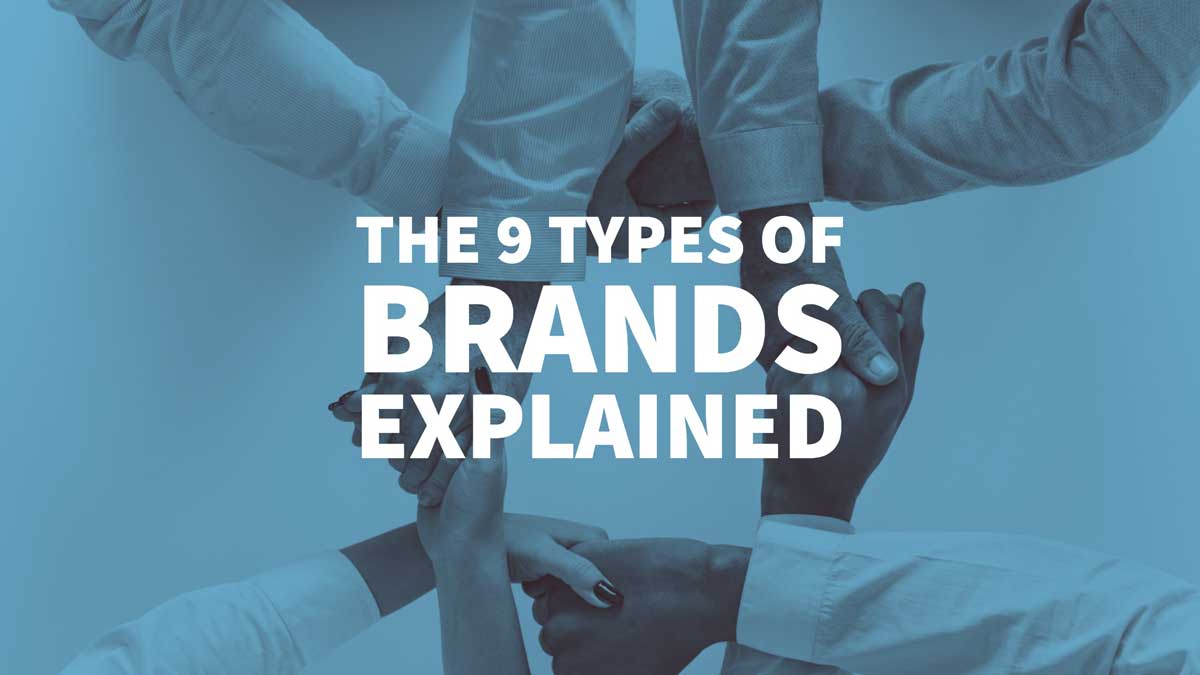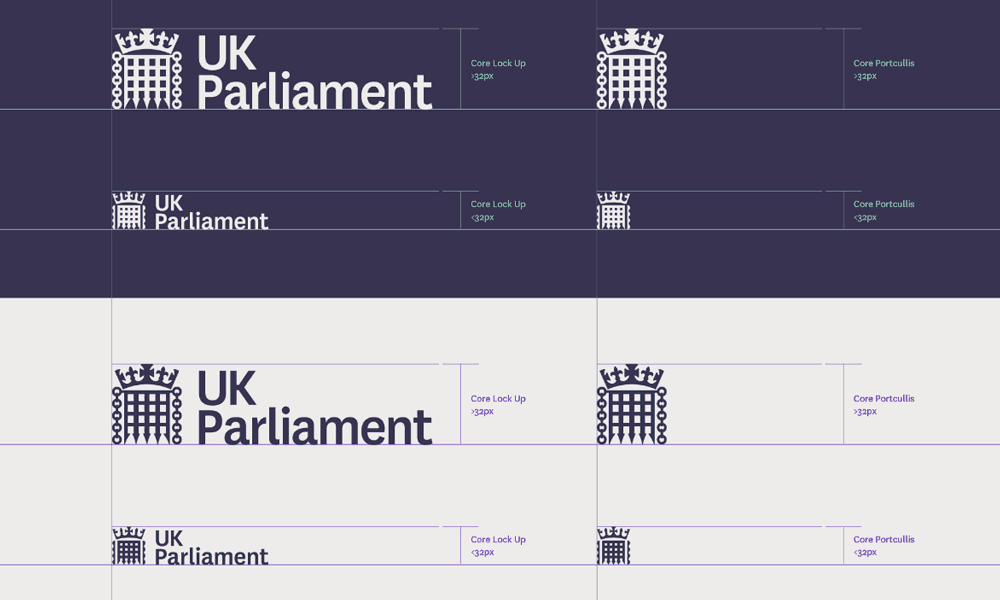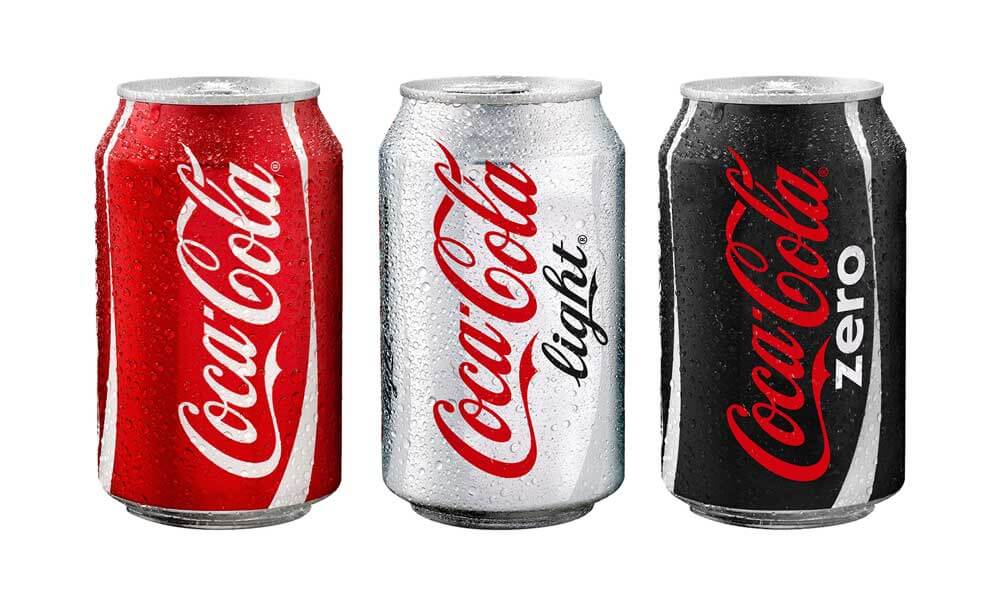
19 Dec The 9 Types of Brands Explained
Branding is one of the most important marketing and advertising tools that helps a product, service, company, or even a person gain widespread recognition, visibility, and brand awareness.
This multifaceted approach requires employing many different skills and much effort, but to get to the bottom of branding, it is essential to understand that there are various types of brands and that they are suitable for different products and services.
Establishing a target audience is the first step towards creating an effective branding strategy, and that is where all these types of brands come into play as each one appeals to a particular customer group or segment.
Different types of brands include individual products, product ranges, services, organisations, individual persons, groups, events, geographic places, private label brands, media, and e-brands.
Lumen Learning
Corporate brands
Coca-Cola is the first thing that comes to mind when the notion of corporate branding is discussed.
The soft beverage giant even started promoting itself as a “total beverage company”, a tagline which makes sense as its products cover a wide range of soda drinks, juices, bottled waters, and vitamin drinks.
This campaign is based on promoting healthier alternatives to sugary drinks and is an attempt to reinvent the entire corporate brand image and survive in the midst of the changing marketplace which becomes increasingly health-conscious.
The Coca-Cola Company is a perfect example of corporate brand identity as it markets many different products, or to be precise more than 500 brands under its wing, which means that its marketing strategy revolves around the brand name.
A disruptive brand like Richard Branson’s Virgin is all about challenging the leader in every category, so Virgin brand’s point of reference is the category leader.
HBR
The point of corporate branding is to instill a sense of trust with customers as well as to add credibility and value.

Product and Service types of brands
Unlike corporate brands, product brands are not marketed as being part of a big label.
When individual products are being marketed without mentioning their parent brands, the term “stand-alone” brands is being used.
This means that consumers usually don’t know details about the parent brand.
A good thing about these types of brands is that they will not suffer a damaged reputation if their umbrella brand or other house brands go through a crisis and vice versa.
Procter&Gamble can serve as a great example of this approach, as the company developed more than 180 different, completely independent brands such as Ariel, Tide, and Gillette.
So even though P&G is a billion-dollar company, its brand name is never used in campaigns.
It is considered more difficult to develop service brands other in a product brand because the offerings of service brands are intangible.
Marketing 91
On the other hand, so-called “endorsed” brands are marketed individually, but their connection with the parent brand is highlighted.
The upside of this approach lies in the fact that an endorsed brand can steal some thunder from the master brand, as well as that it can quickly gain visibility and recognition by piggybacking on it.
iPhone, iPad, and iPod are brands in their own right, but their aura of popularity, visual appeal, and quality heavily rely on their parent brand – Apple.
Each of these brands benefits from being associated with Apple as well as with other house brands.
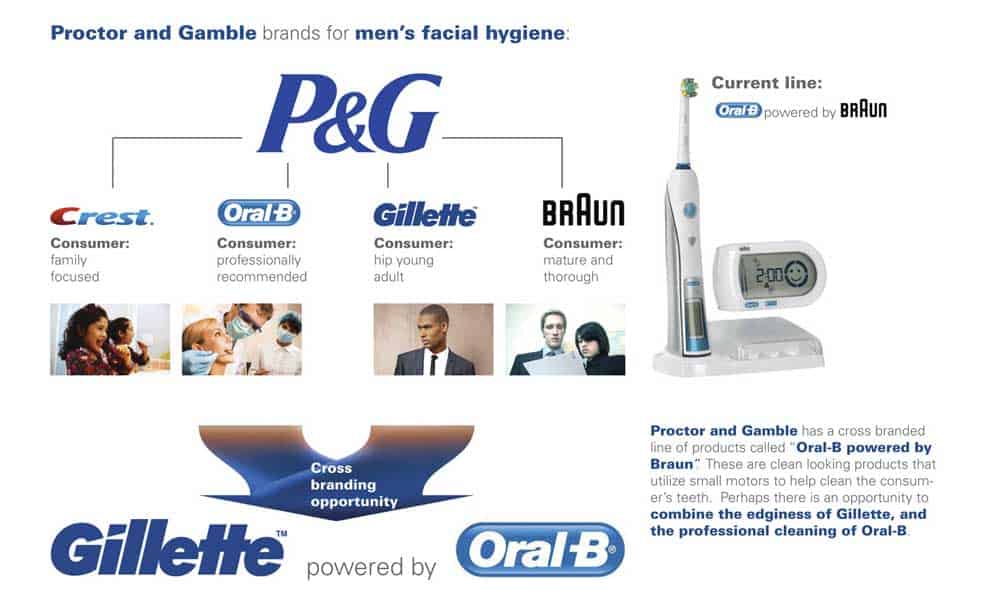
Government brands
This type of brand is also known as a public brand, and as its name suggests it deals with raising awareness about of particular government agencies or organisations as well as their roles and missions.
Many people do not understand how vital this kind of branding is, but if we bear in mind that “trustworthiness”, “credibility”, or “reputation” are terms closely associated with government action, it is clear that building a brand is essential for these organisations.
Take FBI or CIA as an example of government brands.
People all around the world know about these two government brands, and they perceive them as serious and highly professional.
Any government agency needs to communicate clearly what its responsibilities are and the public has to know how effective it is in performing them.
What should be especially emphasised is the role every employee in branding activities.
For example, every interaction between a member of the public and a police officer counts and contributes to creating a brand image.
Especially nowadays in the age of social media when every experience good or bad is shared online, which means that people who live in another city, state, or even continent find out when an officer risks their life to save someone.
Personal brands
People build personal brands mainly to increase the number of their career options.
Again, social media plays an important role, and it can be even said that it is indispensable, in creating and managing a personal brand.
Having a profile on LinkedIn has become almost mandatory for business professionals, but employees use other platforms to scan their potential candidates too.
Some experts dispute that personal branding is a type of brand because no specific business model could commercialise it, but on the other hand, many people create very detailed networking strategies and invest money and time in their personal brand, all of which pays off ultimately.
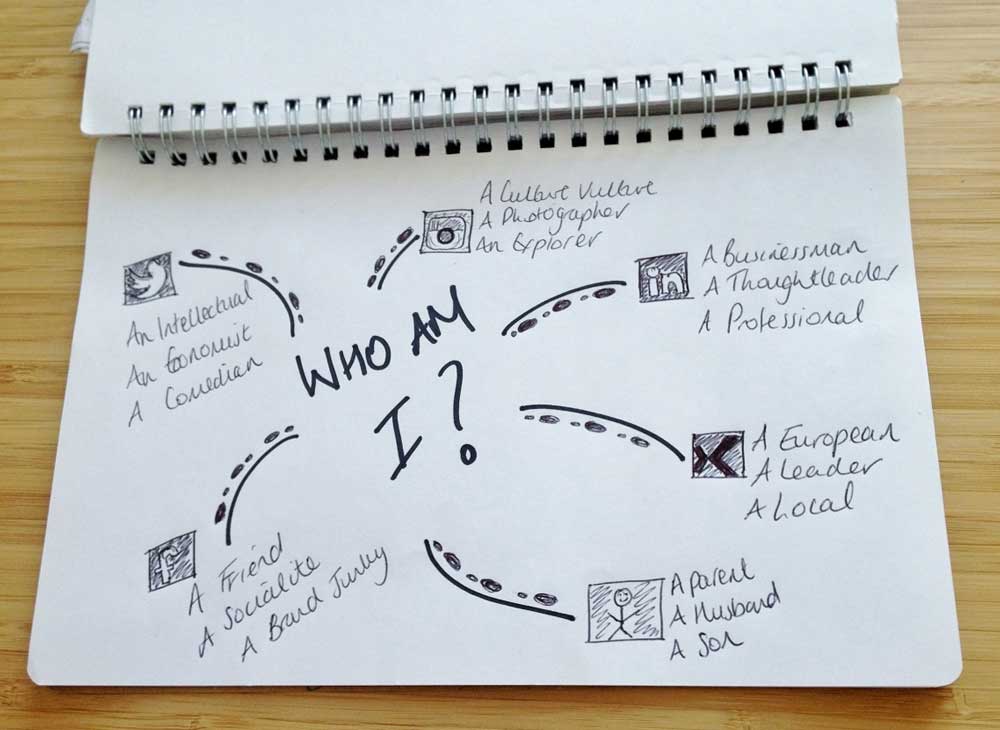
Celebrity brands
Celebrities use their influence, household products, social media, appearances on various TV shows, and even some not so glamorous methods such as starting gossip about themselves or fabricating feuds with other celebrities in an attempt to stay in the spotlight and increase their social media following.
The most prominent stars get lucrative endorsement deals.
Although this might seem like a waste of money to a layperson, the truth is that it is a win-win situation.
People like Oprah, Martha Stewart, and Chrissy Teigan have nearly perfected the art – but charismatic founders and leaders of companies (for example Steve Jobs, Elon Musk, Vera Wang) can become deeply connected to and associated with their brand even as the company expands and their involvement changes.
Flow State Marketing
A single tweet by Kylie Jenner, a reality TV star, saying that she no longer uses the Snapchat app, managed to sink the company’s market value by 6% ($1.3 billion).
However, it would not be fair not to mention that this comment was aimed at Snap’s previous redesign which also infuriated 1.2 million other users who signed a petition asking the company to remove it.
One of the methods for preventing such crises is using online paid surveys because brands can obtain valuable feedback, while consumers can express their opinion about various products and get some cash too.
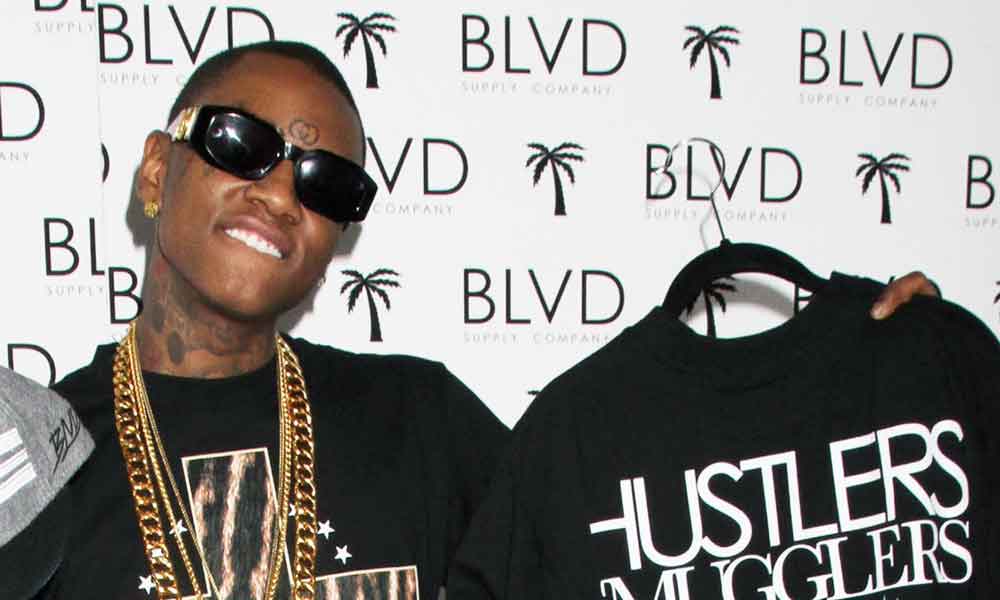
Non-profit brands
Brand building is crucial in the non-profit sector.
It is only logical that non-profits use their brand to raise funds, but some have managed to use their influence to raise awareness for their cause and make a real impact.
For a non-profit to work efficiently on its social mission, it needs among many other things, a skilled staff, partners from various spheres, and benefactors.
The only way to attract driven people who are willing to work, lobby, and donate is to have a strong brand which reflects organisational culture, mission, and values.
The World Wildlife Fund is a non-profit organisation which does the branding right, meaning that approximately 90% of Americans know what the panda logo stands for.
Such recognition allows the organisation to motivate people to participate and contribute to its conservation mission.
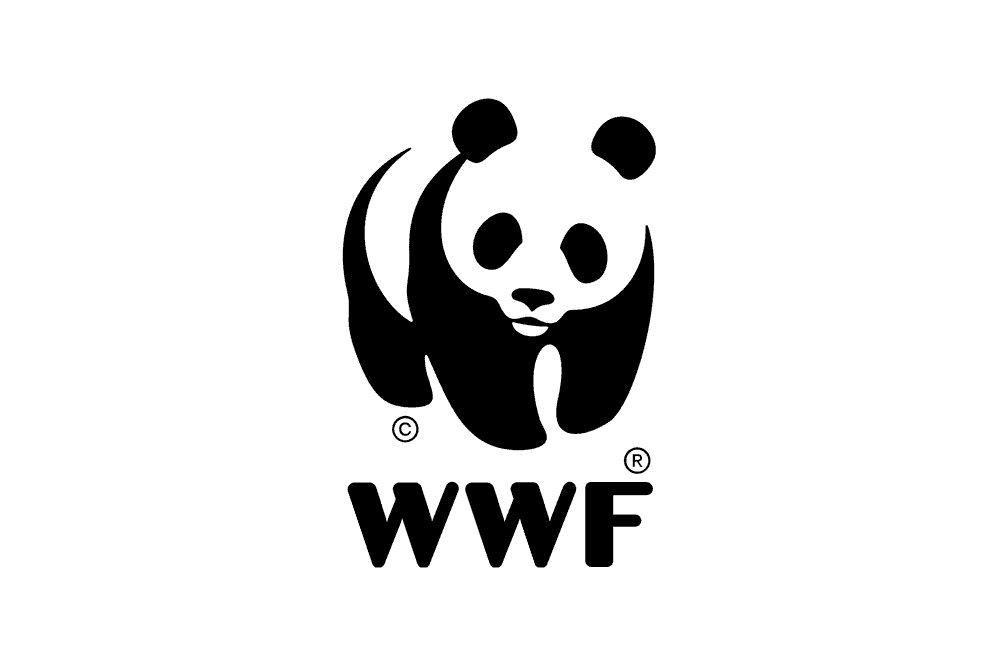
Ingredient brand
Intel chips, Teflon, Gore-Tex, and Dolby Digital Sound are examples of successful ingredient branding.
All these products and materials are of excellent quality, but the thing that makes them successful brands is the fact that consumers have heard of them and that they have become global brands even outside of their host brands.
For instance, Gore-Tex is a waterproof, breathable fabric which many brands, including Adidas and Under Armour, use for their footwear and outer garments.
The catch is that these ingredient brands can even make global brands more appealing, trustworthy, and valuable to consumers because of their perceived high-quality.
So, cookware with Teflon coating guarantees that the food will not stick to it while being prepared, and this benefit is precisely what will attract people to purchase it.
The same goes for Intel chipsets, featured in personal computers and laptops of various other brands – the Intel Inside logo is what makes a difference and turns an average laptop into a powerful machine.
This can be very specific, such as the Kleenex brand of tissues, or it can encompass a wide range of products.
Lumen Learning
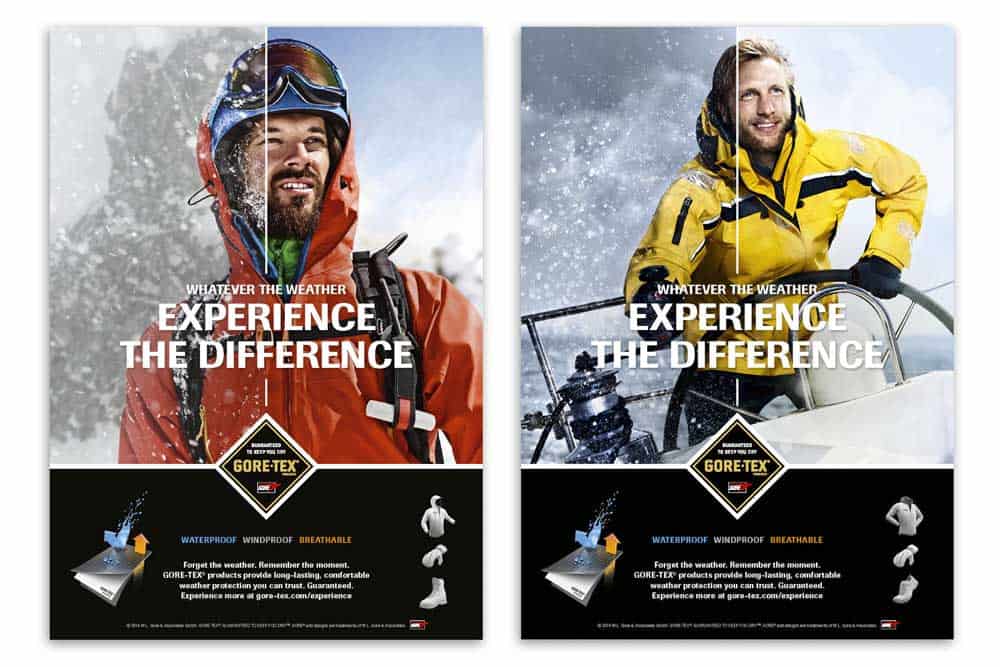
Activist brand
Today’s marketplace is highly competitive, and it takes more than pure self-promotion to become a famous brand.
Besides, Millennials, who are soon expected to outnumber Baby Boomers and who have become dominant global consumers, want brands to be more socially, environmentally, and ethically conscious.
One of the trailblazers when it comes to cruelty-free beauty products, The Body Shop, persistently campaigns against animal testing and at the same time delivers quality.
Activism is a big part of this brand, and it contributes to its popularity to a great extent.
Anita Roddick, CEO of The Body Shop, says that many customers like the brand because of its products, but there’s an equally big crowd which supports it mainly because of its animal rights agenda.
Similarly, Unilever tries to reduce environmental impact, improve health and well-being, and enhance livelihoods, and its Sustainable Living Plan sets guidelines on how the company sources raw materials.
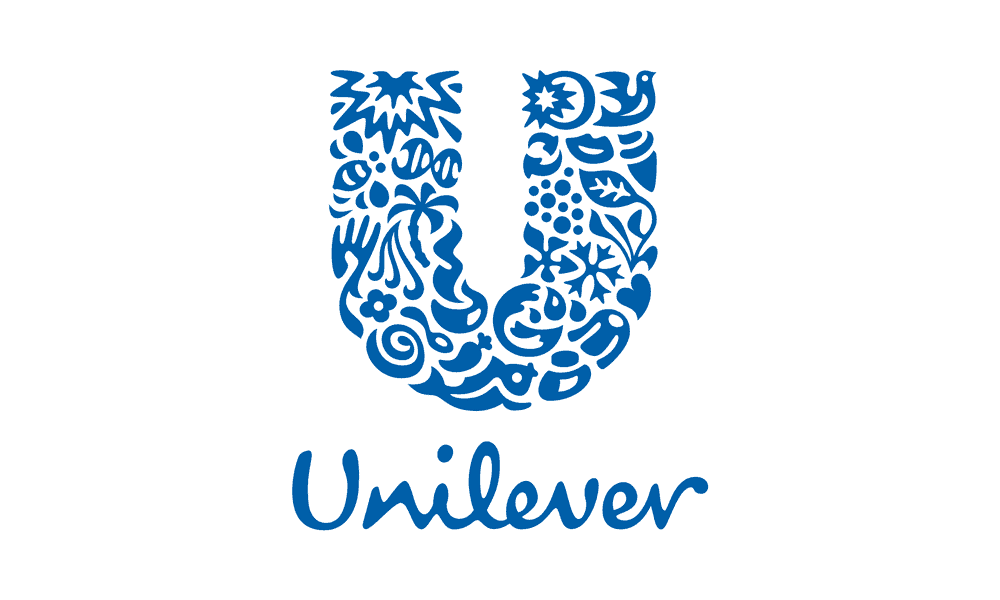
Global brands
Global brands are present in almost every corner of the world, and their recognition has earned them the “household name” label.
Their main features are familiarity, availability, and stability, while consistency which used to be part of the equation, started fading away in an attempt to make their products more attractive and palatable to different cultures and regions.
The Coca-Cola Company is by far one of the biggest global brands, and despite its decade’s long focus on soft drinks, the beverage giant decided to launch its first alcoholic drink in Japan to be competitive in this country’s growing alcopop market.

Understanding these types of brands is crucial for creating a sound branding strategy.
Still, a product brand can also be a global and activist brand at the same time.
We work with all types of brands. If you want to discuss how we can develop your brand or provide graphic design for your product or business, email us: [email protected]
